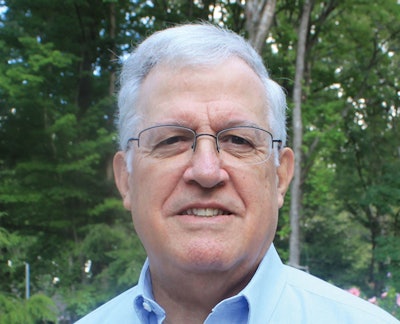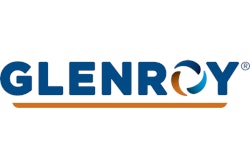
In 1970, Norman Baker, navigator on Thor Heyerdahl’s 3,270-mile sea voyage in a papyrus boat from Morocco to Barbados, wrote an article for us in which he echoed Captain Heyerdahl’s report of finding “oil clots, plastic containers, nylon bags, empty bottles, and all sorts of refuse” to a depth of about 30 feet on 43 days of their 57-day expedition.
Today, as concerns ratchet up over rising tides of plastic waste polluting rivers, oceans and lakes around the world, packagers and their packaging suppliers—arguably the least likely immediate perpetrators of marine waste pollution—are proactively implementing a number of initiatives to reduce the volume of packaging waste, particularly plastic packaging waste, that is indiscriminately being dumped into our waterways. Keywords defining today’s packaging waste-reduction initiatives include lighter materials, recycled/recyclable materials, altered (material) states, collaboration, and machinability.
• Lighter materials. Driven by sustainability and economic considerations, the shift from relatively heavy, rigid containers to lighter, flexible formats (a trend that’s decades long) continues. Latest examples: The Standcap inverted flexible pouch for Uncle Dougie’s organic BBQ sauces, developed as an alternative to the category-standard glass bottle. Conceived by Glenroy, Inc. the pouch features a clear-wall panel near its base that lets consumers see how much is left in the package as contents are squeezed out of the valved dispensing closure from Aptar Group. In the works: An inverted flexible pouch with a guacamole-specific dispensing closure that prevents guac oxidation. That pouch will replace a tub in a paperboard sleeve.
• Recycled/recyclable materials. After pledging last year to make all its packaging recyclable or reusable by 2025, Nestlé develops/launches/promotes a new recyclable paper wrap for YES! fruit and nut-based snack bars. Paper wrap is engineered to deliver shelf-life equivalent to the plastic wrap it’s replacing. Cohesive paper wrap, made of 60% recycled fiber, can be run on existing flow wrap lines adapted to handle the bars gently at 300+ bars per minute. “Paper packaging has been used in chocolate-based products in the past,” says Jas Scott de Martinville, global confectionery research and development lead for Nestlé. “What’s unique about this innovation is, first and foremost, running paper packaging at high speed on existing machinery …; the second bit of uniqueness is guaranteeing a standard shelf-life of nine months, so having a barrier paper that keeps the product at its freshest over that time; and the third element of it is to ensure, as we run at these high speeds, the bars are properly sealed, again to ensure the product is kept at its freshest. It’s a world-first in terms of the combination of these factors to bring to life this product.” Lest consumers overlook the plastic-to-paper conversion, the new wraps are flagged with the message: “Carefully Wrapped in Paper.” Should the paper wrap be tossed into the ocean, it will degrade within six months, says Nestlé.
• Altered (material) states. Not for the first time, PepsiCo will opt for aluminum cans over competing container forms. This time the snack food and beverage giant will favor cans over PET bottles for foodservice outlet sales of their Aquafina still and Bubly sparkling water brands. Several years ago, Pepsi packed several of its Frito-Lay snacks in aluminum beverage cans for vending machine sales. Those cans were modified with full-panel pull-top ends for easy access to the chips. PepsiCo’s LIFWTR brand water is sticking with PET, though with sustainability in mind, they’ll switch from virgin PET to 100% recycled PET (rPET) starting next year.
• Collaboration. BillerudKorsnäs and Bosch Packaging Technology are collaborating on “Pearl,” a small, formed paper pod resembling a clamshell that’s made of BillerudKorsnas’ extensible FibreForm® paper and formed, filled, and sealed on a Bosch machine specially engineered for the task. The partners are working to disrupt the field of single-use plastic packets in the health and beauty aids, bread spreads, and confectionery fields with “a sustainable packaging system (to) replace plastic in product samples, inserts, refills, portion packs, and disposable packaging.” European private equity firm CVC Capital Partners expects to acquire Bosch Packaging Technology by year’s end. The deal is not expected to affect the Pearl collaboration.
• Machinability. Although bulleted last here, machinability is in reality the defining characteristic of any sustainable packaging initiative. Sustainability will be the top motivator behind many technology searches during PACK EXPO Las Vegas because smart packagers know that If new packaging solutions aren’t machinable, they are not viable.
Ben Miyares, Packaging Sherpa, is a packaging market and technology analyst and is president of The Packaging Management Institute, Inc. He can be reached at [email protected].




























